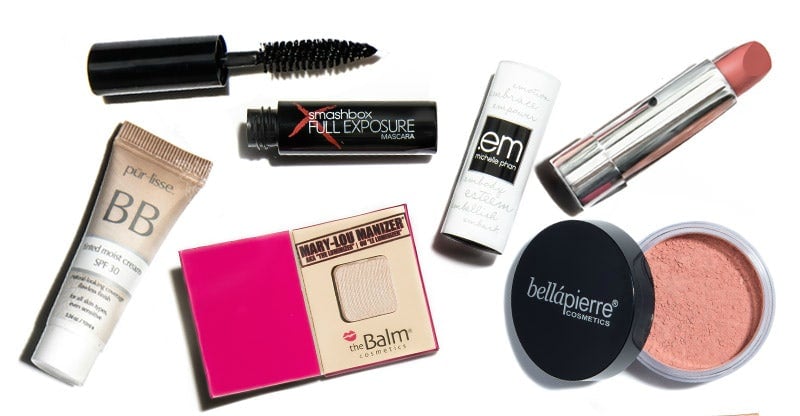
NEW YORK, United States — “I was not paid or sponsored to recommend anything at all,” Michelle Phan declares as the YouTube star’s video begins. Wearing long black braids and a crop top, she praises a cheap lipstick, a dome shaped blush, and Tiger Balm, among dozens of other products in her best-of-the-year roundup. More than a million people have watched the video. The top comment calls her a “trusty older sister.”
With 2.2 million followers on Instagram and 3.1 million on Facebook, Phan is a beauty dynamo. The launching point of her empire is a YouTube channel, where she has amassed 8.7 million subscribers since 2006. The 29-year-old former waitress came into prominence as a result of her channel, where she shared tips on how to take a selfie and how to fix shattered blush. Since becoming one of the most followed beauty vloggers on the site, she has walked the fine line between the earnest beauty product recommendations that first gained her a following and her burgeoning businesses. Among her commercial interests are the beauty-box subscription service Ipsy, a makeup line called em by Michelle Phan, and the lifestyle network Icon.
“She’s shown the path forward for a YouTube star,” said Ben Cockerell, director of global marketing at social media analytics firm Crimson Hexagon. First you get the followers, then you bask in the fame, then you make some real money.
Phan has an uncanny ability to create buzz and turn it into profit. Ipsy has raised more than $103 million in venture capital funding since it was founded in 2011; it has been profitable for more than three years, and its annual revenue is $150 million. It’s also talked about a lot more than main rival Birchbox these days, according to new data from Crimson Hexagon.
Even though Birchbox, which started the subscription-box craze in 2011, had cultivated a following before Ipsy even existed, Phan’s brand now has all the hype. The brand has been able to capitalise on Phan’s YouTube stardom to convert fans into customers.
Birchbox, however, used more traditional marketing than Ipsy—starting in 2014, it even ran television advertisements. Earlier this year, the company suspended its TV ads while it tested a social campaign on Facebook and Instagram. But Birchbox is late to the social media game. Combined, Phan and Ipsy have more than 10 million subscribers on YouTube. Birchbox has a little more than 80,000. (Birchbox did not immediately respond to a request for comment.)
“Partnering with creators on YouTube and Instagram has been part of Ipsy’s strategy from the very beginning,” said Ipsy President Jennifer Goldfarb. “We believe that digital content creators are the new source of inspiration in beauty and have become the biggest influence in consumer’s purchasing decisions.”
Ipsy is not the only company harnessing the power of YouTube stars. It is a boon for all makeup brands, spurred by various tutorial makers, such as Phan, Bethany Mota, and Zoe Sugg. It’s the ideal landscape in which to hawk beauty products, said Candace Corlett, president of WSL Strategic Retail, a consulting firm. “It’s a platform for people to showcase themselves. And what do I want to show you? The things I like. How perfect.”
Hiring a vlogger to pitch a product on the brand’s behalf is more organic than trying to get makeup tutorial lovers to follow a brand’s channel. Other brands don’t have the trust factor the YouTube stars have developed, Corlett said. Despite the millions of views these videos generate, the platform is not quite powerful enough, though, for Clinique and Cover Girl to devote themselves to it entirely. Although print and television ad spending has declined, they continue to guarantee eyeballs.
The problem for the big cosmetics sellers, however, is there will always be new Michelle Phans and Bethany Motas popping up.
“YouTube will continue to replenish—there’s no limit on the number of smart ideas and innovative ways to sell the same thing,” Corlett said. “You would’ve thought we’d thought of every way to sell a razor, but we haven’t. And YouTube will continue to be that platform.”
By Kim Bhasin and Polly Mosendz; editor: Josh Petri.



